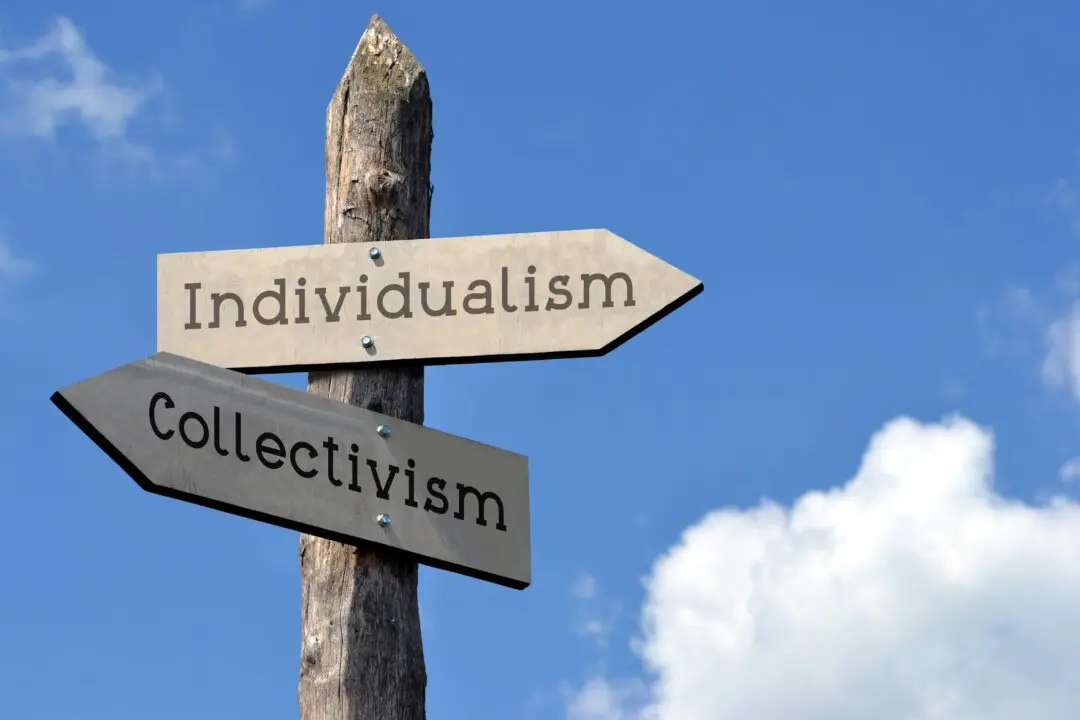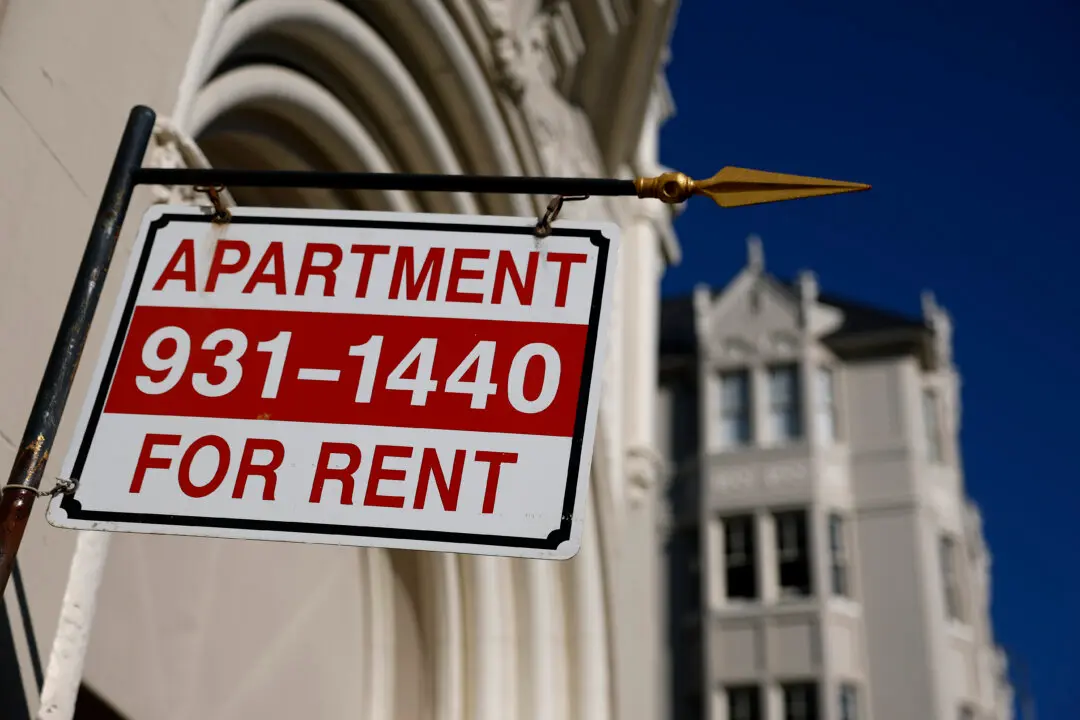Commentary
The U.S. dollar could someday go the way of all paper-currencies past and be consumed in a hyperinflationary fire. It seems unlikely but it is possible. In some ways, given the reckless policies of the past three years, we should be perhaps surprised that it hasn’t happened yet.





